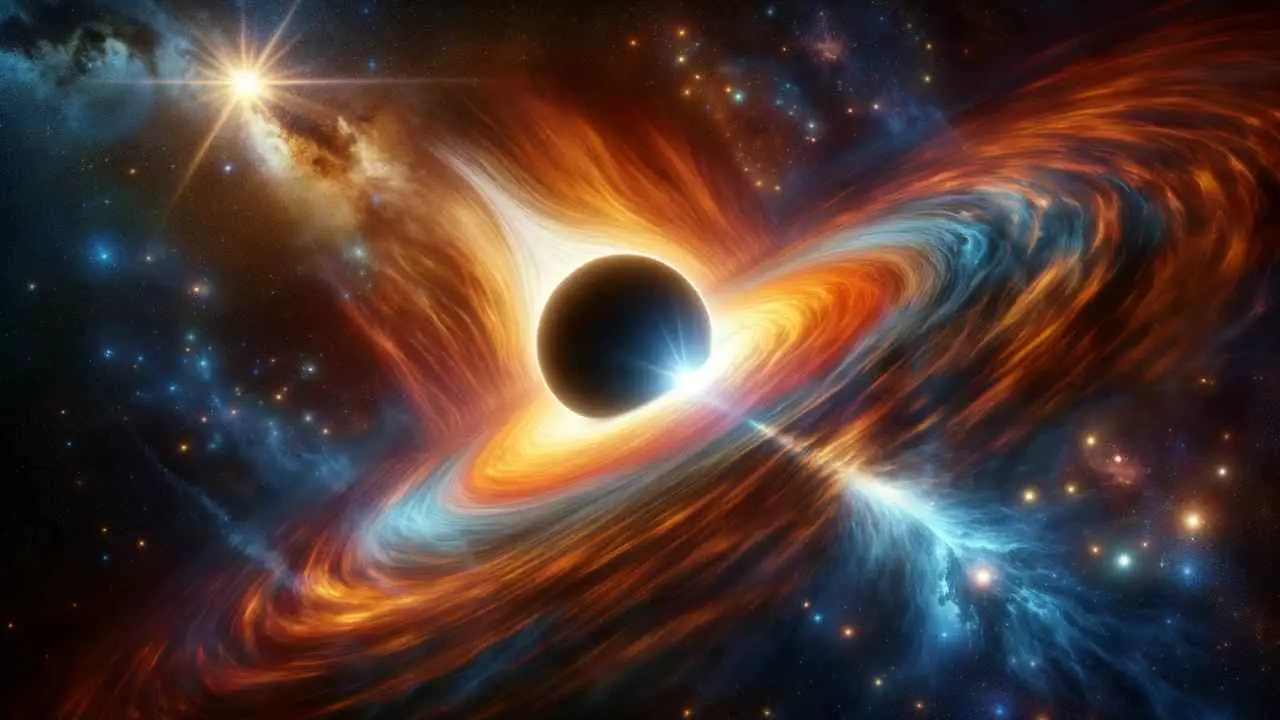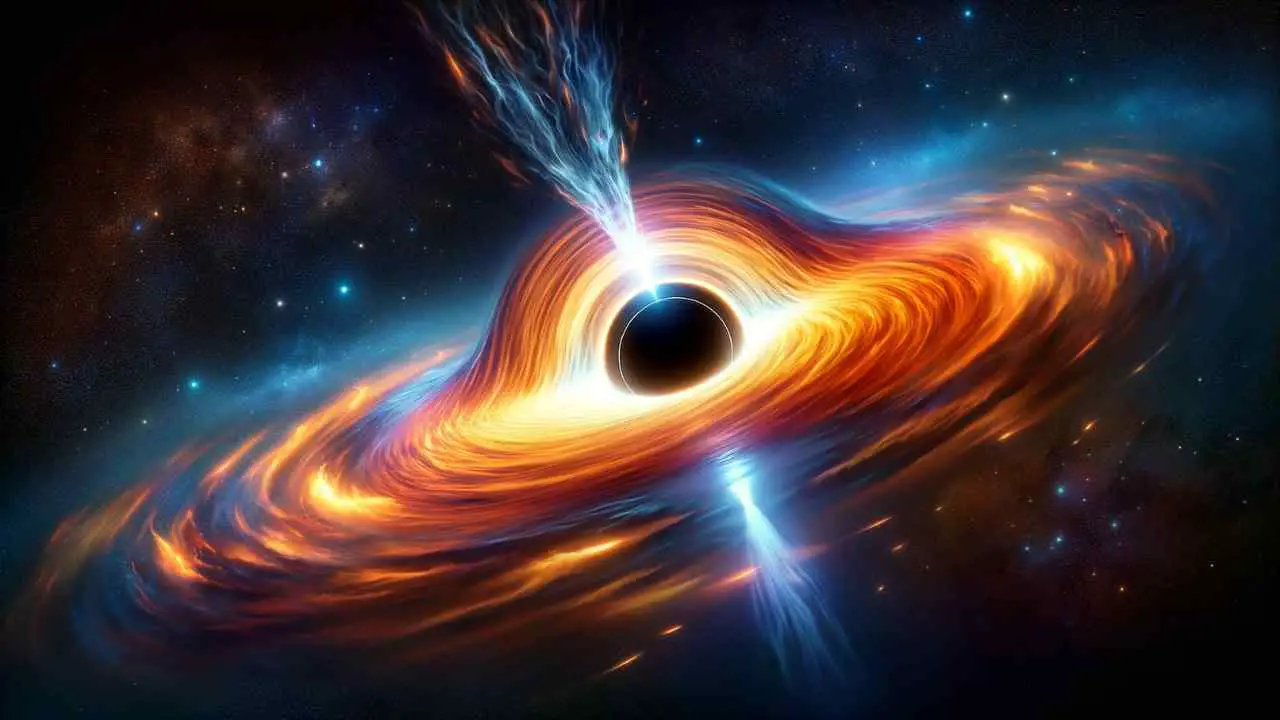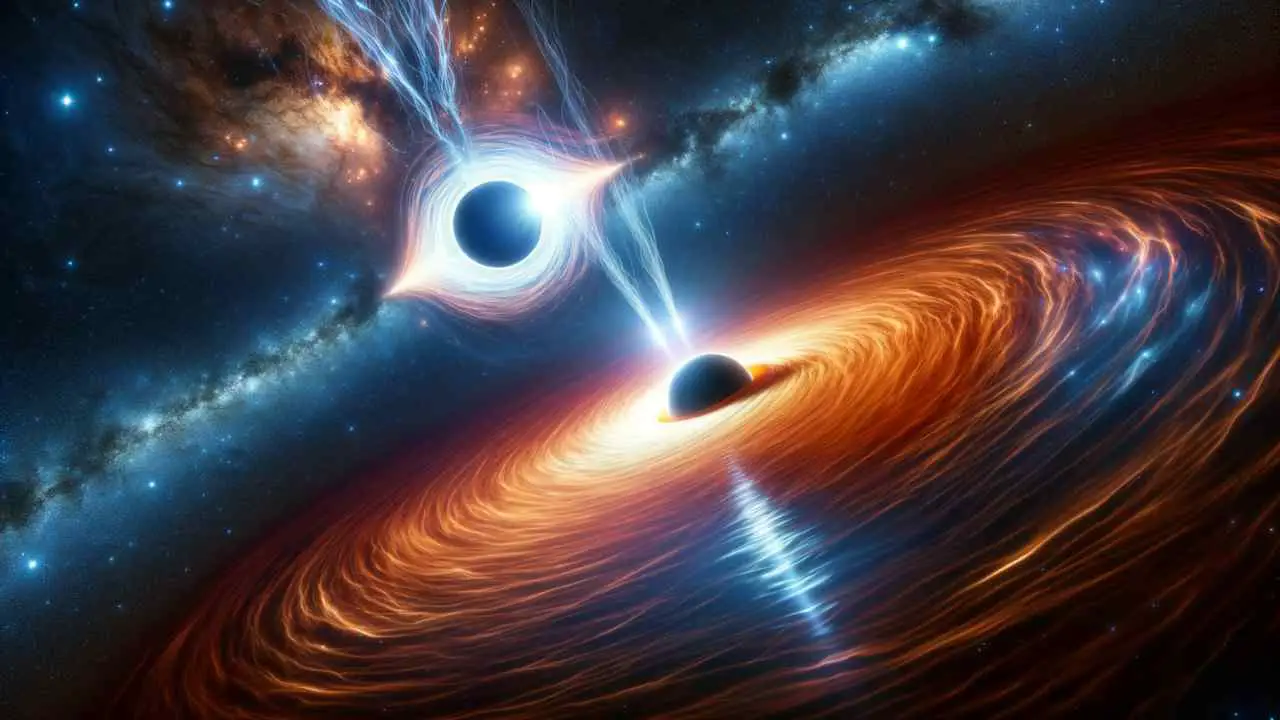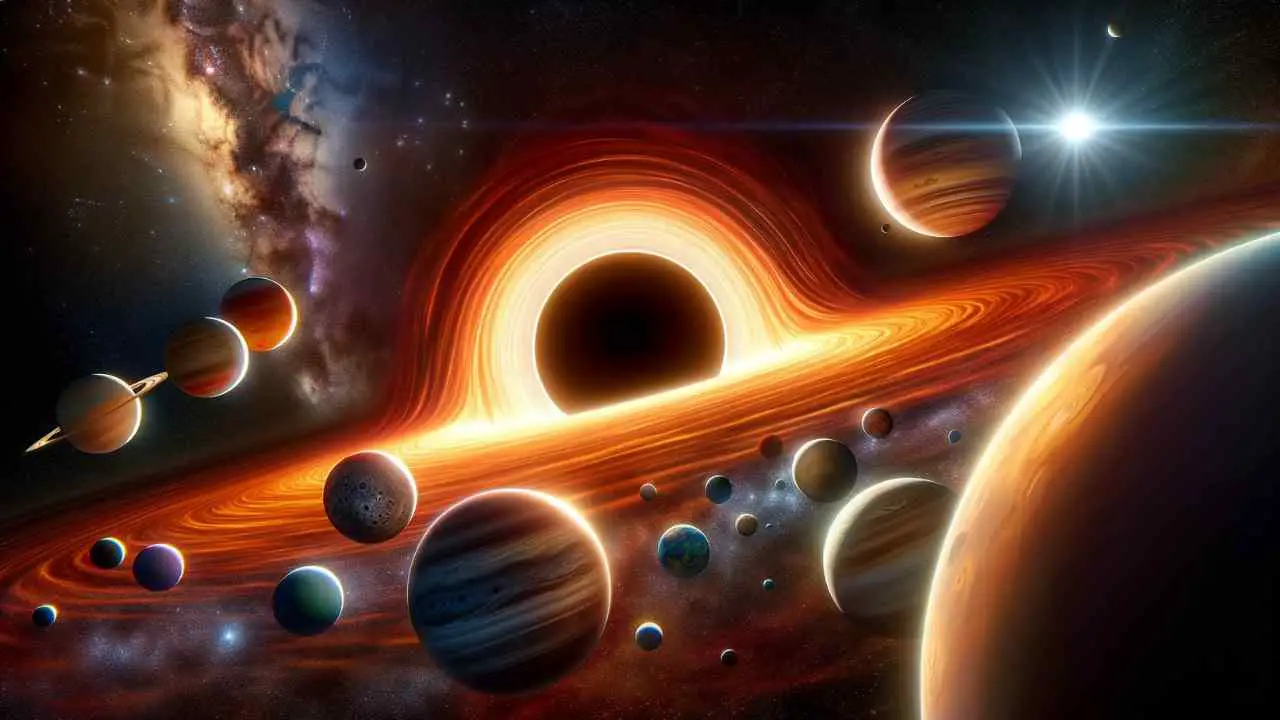A new paper has been introduced in the world of black holes according to which astronomers might have found a new variant of black holes, named Parasitic Black Hole. Parasitic black holes as the name suggests are such parasites that live within other stars and can potentially disturb their functionality and life cycle. Let’s dive into further details.
Could parasitic black holes hide within stars?

Yes, this astonishing news has left so many of us in shock that parasitic black holes may be hiding within stars. It is believed that parasitic black holes were formed in the early days of the birth of the universe, and later, they hid themselves within the stars.
Also Read: Phoenix A* Black Hole: The Biggest Black Hole Ever Discovered.
Once a parasitic black hole starts living within a star, it gradually consumes material from the star’s surroundings. Continuous consumption of internal material of the star leaves more black hole mass, leading to disruption of the star’s internal dynamics such as; the star’s structure, energy production, equilibrium, as well as its overall behaviour.
After reaching a certain point, a star could lead to a supernova event due to which a powerful explosion occurs, causing the death of the star. As well as, according to Stephen Hawking, there is a greater chance that our sun may also be under the influence of these parasitic black holes, which means, there may be a parasitic black hole eating up our sun until it completely dies.
What are parasitic black holes?
Parasitic black holes are such parasites that hide within a star and keep eating it until it completely dies. They also disturb the star’s normal functionality, for instance; parasitic black holes can destroy the equilibrium of the star causing it to lose its balance, leading to the permanent destruction of the star.
How are parasitic black holes formed within stars?
According to Stephen Hawking (a theory released by him in the 1970s), there may be a number of low-mass black holes created in the early days of the birth of the Universe. However, they mysteriously disappeared right after their creation, which leads to the possibility of the formation of these parasitic black holes. In other words, those tiny black holes may have hidden themselves in these stars, including our sun.
How do parasitic black holes affect star life cycles?
A parasitic black hole existing within stars could potentially affect the star’s evolution and lifespan by consuming the surrounding matter and altering the star’s internal dynamics. These drastic changes lead the star to the supernova event where the star goes through a powerful explosion which eventually causes its death.
What would happen if a black hole existed inside a star?

The exact consequences are hard to guess because they depend upon the mass and properties of the residing black hole and the star itself. However, in general, after creating its home within a star, a parasitic black hole will gradually start eating the surroundings of the star.
In return, this eaten matter will help the parasitic black hole to grow its horizon, leading the star to lose its equilibrium as well as its normal functioning. After reaching a certain point where a supernova event occurs, the star explodes and eventually dies.
🔬 Subscribe to SciMail
Get the latest science discoveries straight to your inbox!
What sets parasitic black holes apart from regular ones?

The locality and size difference sets parasitic black holes apart from regular black holes.
Parasitic black holes preferably reside within an existing body such as a star. On the other hand, regular black holes tend to form independently, due to the collapse of a massive star.
Also Read: Top 5 Supermassive Black Holes in the world.
Regular black holes can be of various sizes such as supermassive, intermediate, and stellar black holes. On the other hand, parasitic black holes can only be teeny tiny black holes (low-mass black holes) munching on stars from the inside.
Could parasitic black holes pose a threat to our own Sun?
Depending on the size of the Sun, astronomers believe that there is nothing to worry about because these teeny tiny black holes (of 0.000001 solar masses) are harmless to such a big body. This theoretical concept is still sceptical and we are not so sure whether the parasitic black holes exist or not. However, even though they exist they are so small that they cannot eat up the entire sun anytime soon.
Are parasitic black holes a common phenomenon in stars?
Since parasitic black holes are just a theoretical concept, therefore, it is difficult to confirm if parasitic black holes are a common phenomenon in stars or not. However, according to Stephen Hawking’s theory, it does seem as if parasitic black holes were always present within stars.
How are parasitic black holes detected?
Although, it is complicated for scientists to detect the existence of parasitic black holes as they are just a theoretical concept. However, scientists would require high-end observational machines and techniques to gather evidence of a parasitic black hole.
What are the challenges in finding parasitic black holes?
Since parasitic black holes are just a theoretical concept, therefore, it is hard for astronomers to develop such equipment and techniques that will assure us of the existence of parasitic black holes. Additionally, distinguishing parasitic black holes from other astrophysical phenomena would require careful analysis and extensive observational data.
Are there any missions dedicated to parasitic black holes?
No, there are no such missions that are completely dedicated to parasitic black holes. However, black holes have been fascinating astronomers for decades now and several missions such as Chandra X-ray Observatory, Hubble Space Telescope and James Webb Space Telescope are dedicated to space research which also contributes to our understanding of Black Holes and their potential variants like “Parasitic Black Holes”.


Leave a Reply